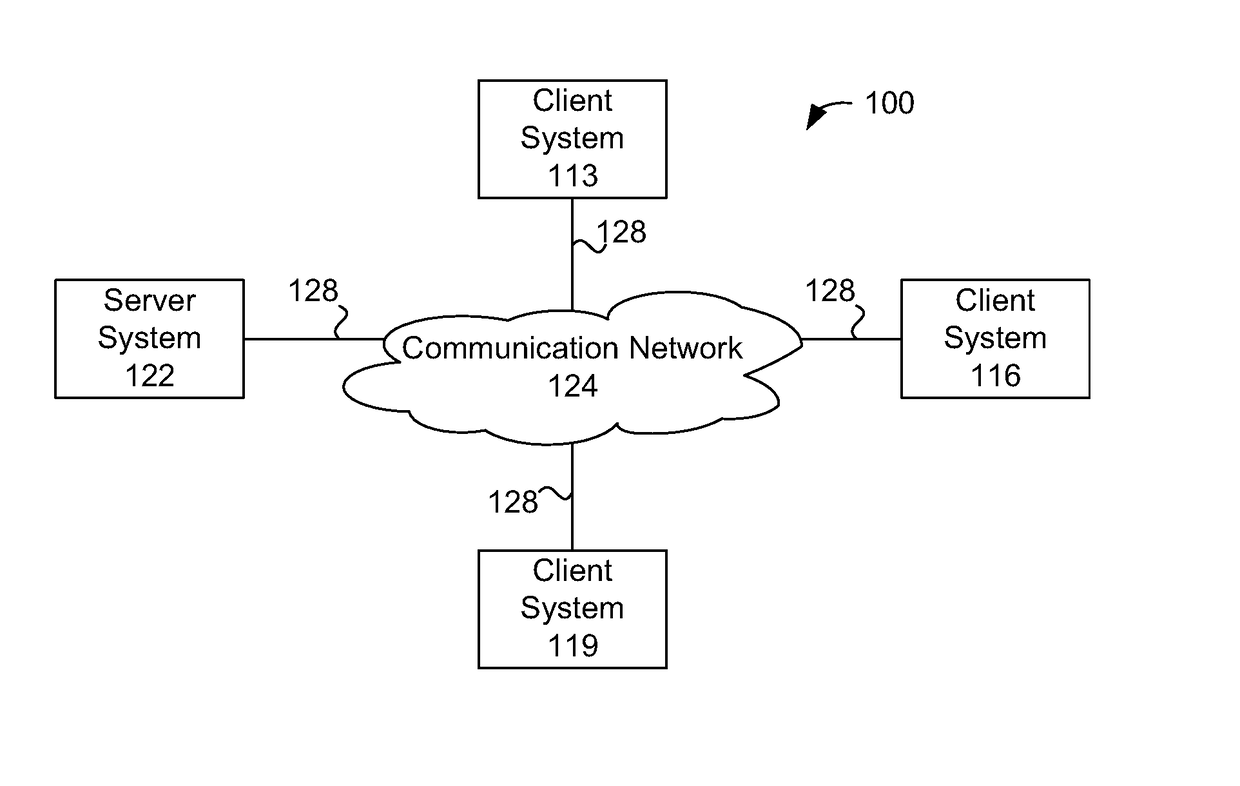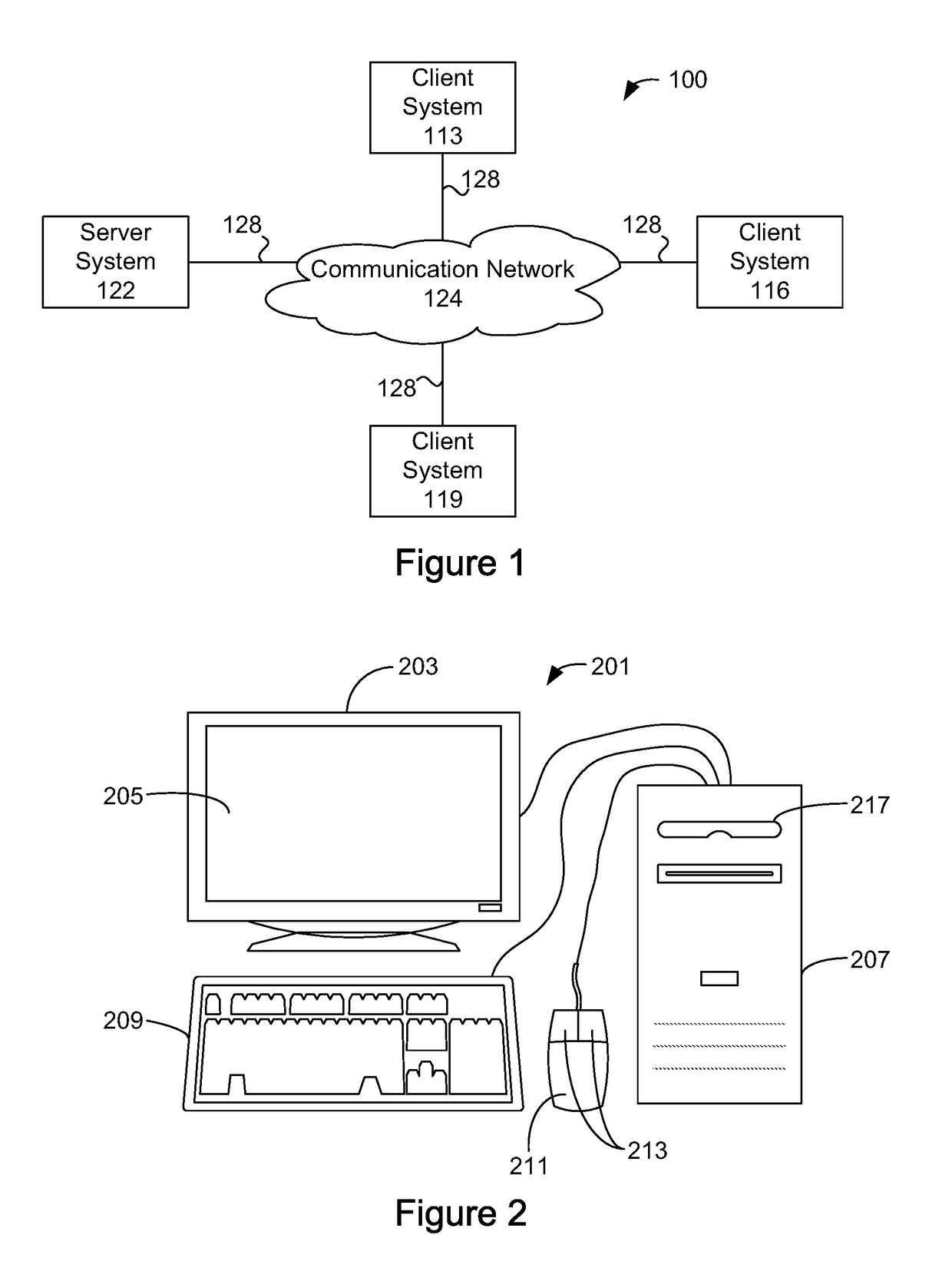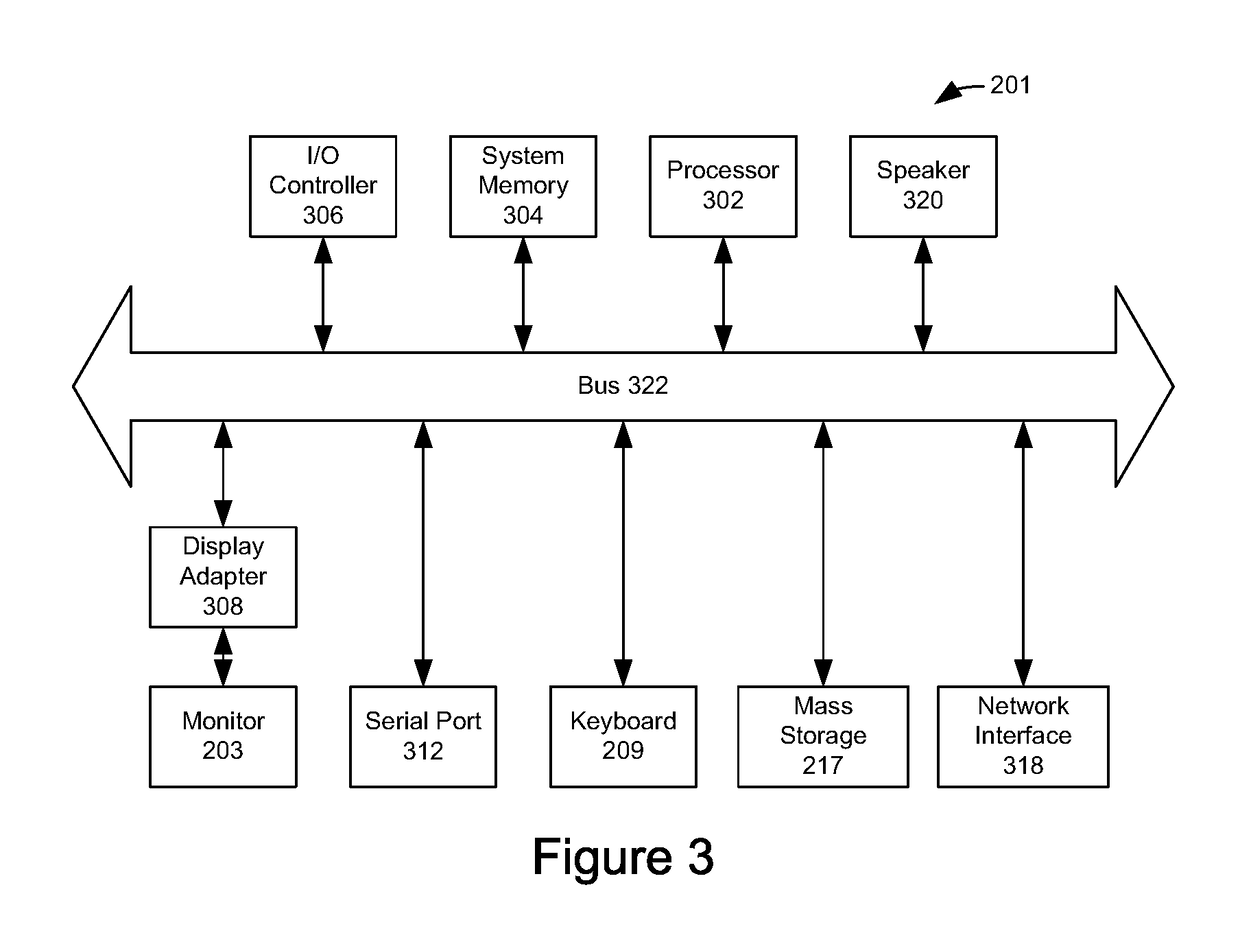Efficient State Machines for Real-Time Dataflow Programming
a technology of real-time dataflow and state machines, applied in the field of computing, can solve the problems of inability to send all of the data, the datacenter can be arbitrarily distant, and the cost prohibitive, so as to achieve maximum performance, reduce latency, and speed up response time
- Summary
- Abstract
- Description
- Claims
- Application Information
AI Technical Summary
Benefits of technology
Problems solved by technology
Method used
Image
Examples
example
[0220]Suppose, for example, that from a given stream of integers we wish to match one or more nonzero values, followed by one or more zeros. When this pattern has been matched, we wish to compute the sum of the nonzero values and write the result to another stream.
[0221]We could write the pattern-matching portion of this problem in a regular expression-like notation, and then separately write the computation of the sum as an expression of arithmetic. As it happens, the Vel programming language, designed for use in dataflow applications in edge computing, allows us to write the whole transform in a unified notation, thus:
1. stream foo is int
2. p=pn a:{!=0} . . . , :0 . . . ->sum(a)
3. bar=p(foo)
[0222]On line 1, we declare foo to be a stream of integers. On line 2, we define p as a pattern which matches nonzeros values followed by zeros and then computes the sum of the nonzero values. One line 3, we apply p to foo to define a new stream bar, to which the results of the application will...
example 1
[0313]In this example, we consider a matcher which looks for lists of pets. Each list may contain any number of pets (or no pets), and each pet is either a cat, a dog, or a canary. The lists are collected from an input stream at intervals of 50 time units.
[0314]Table B shows the grammar. The omega rule (r0) matches lists of pets. Each list consists of a list of pets followed by a pet (r5) or of nothing (r4). This grammatical structure for collecting lists is a common feature of parsers which seek the rightmost derivation of an input. Rules r1, r2, and r3 define what a pet can be.
[0315]Table C shows the states which have been derived from this grammar. An action such as “s4” means “shift and go to state 4,” while an action such as “r2” means “reduce by rule 2 and follow the transition.” The curling arrow () means to restart. A blank action means panic.
[0316]FIGS. 15A-15B show the same information as table C, but in a more visually comprehensible way. In this diagram, one can readily ...
PUM
 Login to View More
Login to View More Abstract
Description
Claims
Application Information
 Login to View More
Login to View More - R&D
- Intellectual Property
- Life Sciences
- Materials
- Tech Scout
- Unparalleled Data Quality
- Higher Quality Content
- 60% Fewer Hallucinations
Browse by: Latest US Patents, China's latest patents, Technical Efficacy Thesaurus, Application Domain, Technology Topic, Popular Technical Reports.
© 2025 PatSnap. All rights reserved.Legal|Privacy policy|Modern Slavery Act Transparency Statement|Sitemap|About US| Contact US: help@patsnap.com



